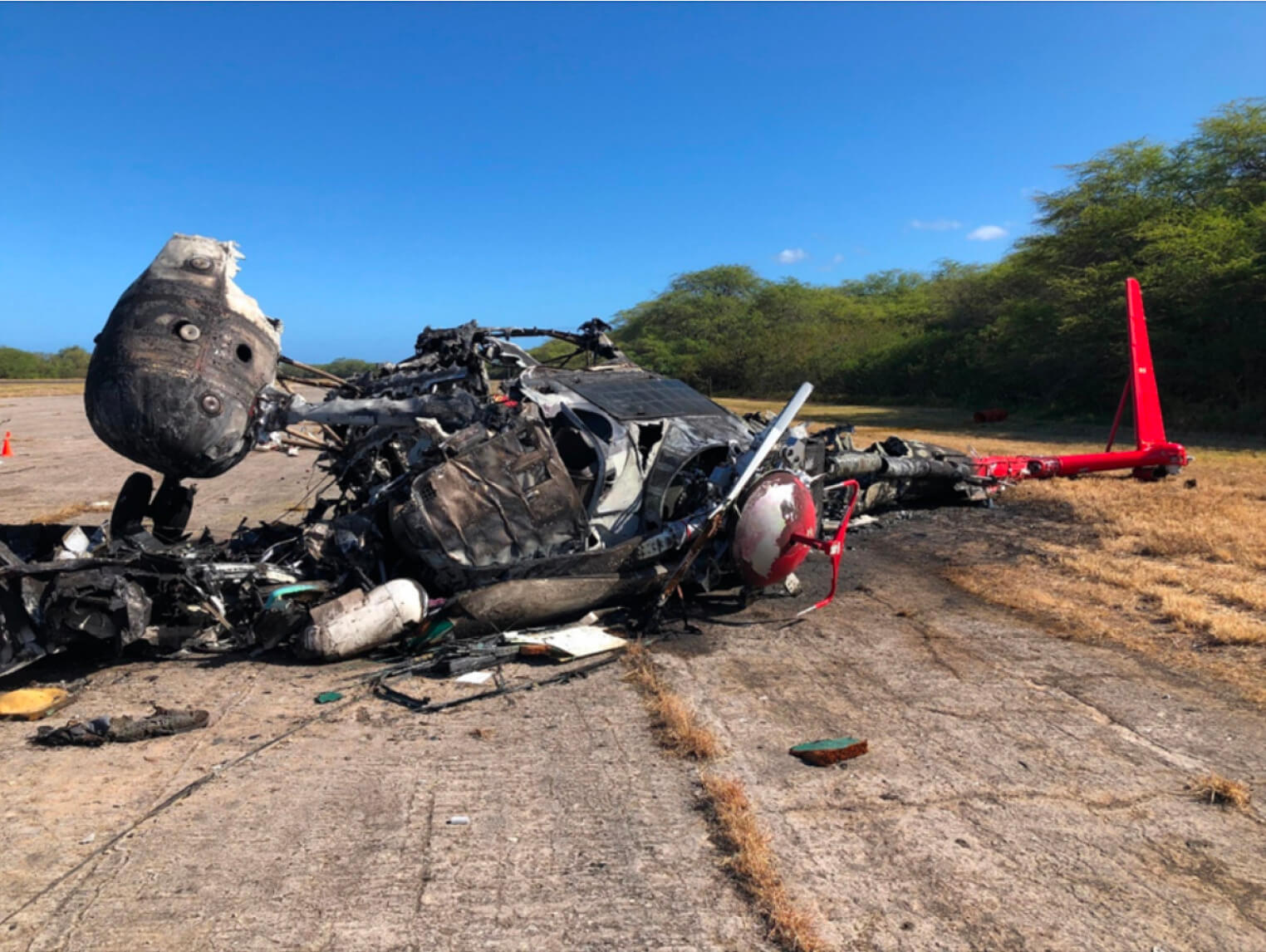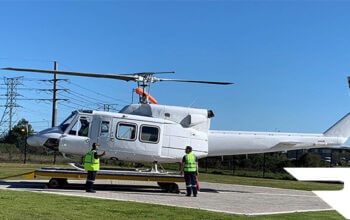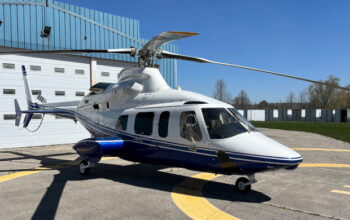The U.S. National Transportation Safety Board (NTSB) says improper installation of a fore/aft primary servo by maintenance personnel was the probable cause of a fatal Sikorsky S-61N crash in Kekaha, Hawaii, last year.
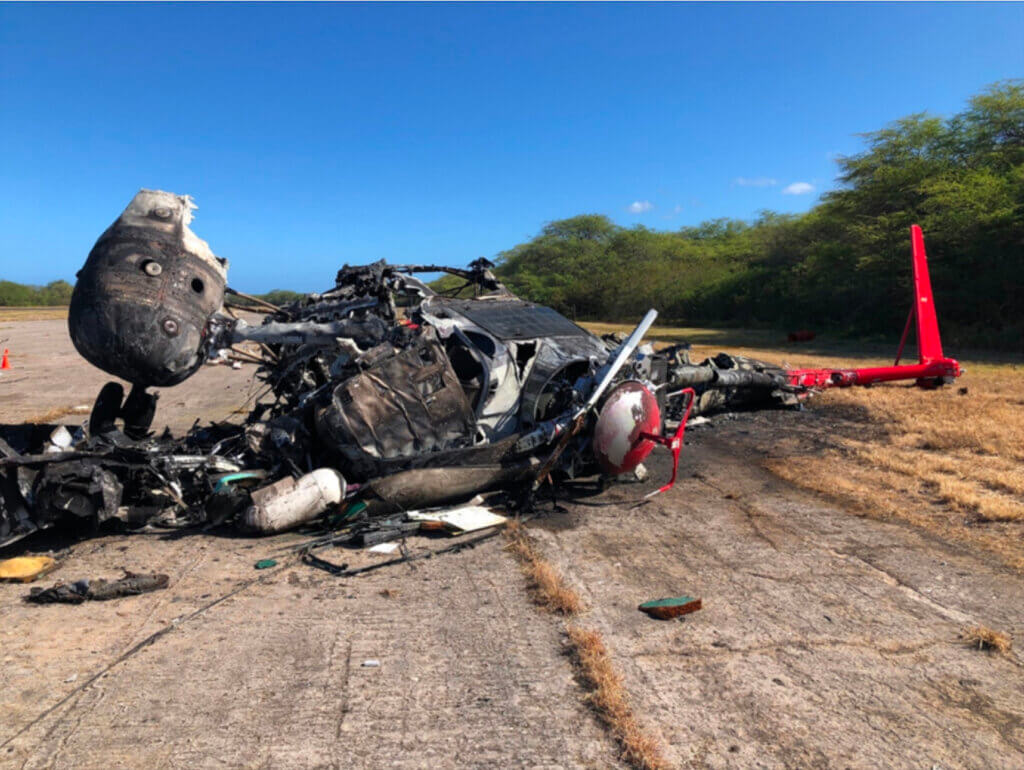
In the NTSB’s final report on the Feb. 22, 2022, crash, investigators added that the failure of the company’s quality control personnel to notice the improper installation before certifying the helicopter for flight contributed to the accident.
The aircraft (registration N615CK) was owned by Croman Corporation and flying under contract to the United States Navy at the time of the accident. It had been tasked with locating and retrieving a training torpedo in the open waters and then slinging it back to Pacific Missile Range Facility Barking Sands (PMRF).
On its way back to PMRF, multiple witnesses saw the helicopter cross the shoreline and begin a shallow left turn as it turned north into the prevailing wind. As it neared the drop-off site, the turn stopped and the helicopter flew in a northeasterly direction. At about 200 feet above the ground, it gradually pitched down and proceeded to crash nose first, in a near-vertical attitude. A post-crash fire consumed much of the cockpit and cabin. Both pilots and two crewmembers were fatally injured.
NTSB investigators subsequently determined that the flight control fore/aft servo input link remained connected at its clevis end to the flight control fore/aft bellcrank, located adjacent to the main gearbox. However, the rod end was only partially connected to the fore/aft servo input clevises and its bolt had mostly backed out of its normally installed position.
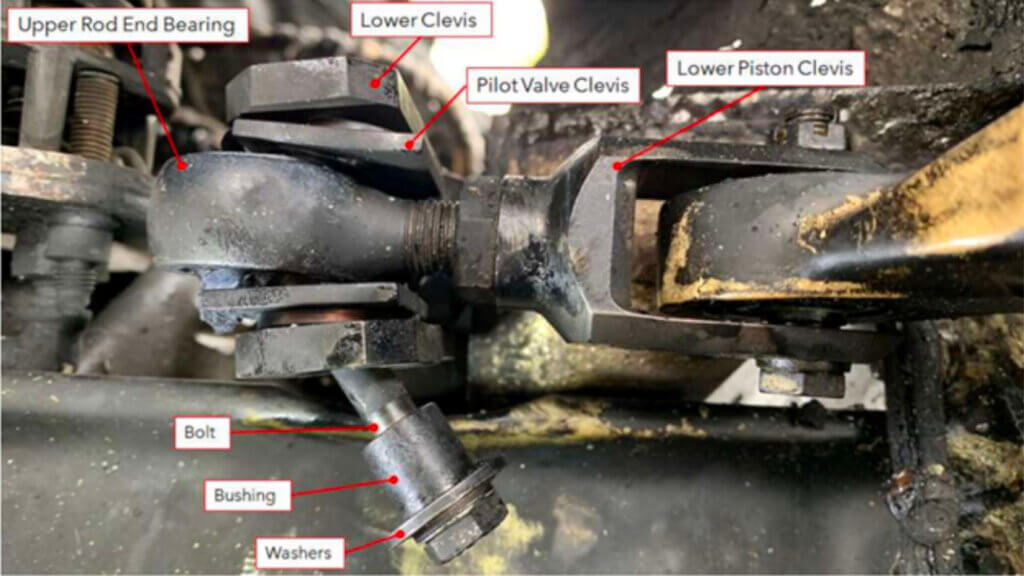
With no evidence of fractures or deformation, it was determined that the bolt had likely backed out of its normal position during the accident flight due to the absence of its restraining nut and cotter pin.
This would have caused an uncommanded input to the fore/aft servo, resulting in the helicopter’s nose-down attitude, and the inability of the crew to control its pitch attitude.
Several maintenance procedures had been performed on the helicopter between Dec. 17 and 29, 2021. The fore/aft primary servo of the flight control system was installed on Dec. 28, 2021. About 7.5 flight hours had elapsed from the time of installation until the accident.
In its report, the NTSB determined the accident was probably caused by maintenance personnel who improperly installed the fore/aft primary servo, failing to secure it with the correct hardware.





